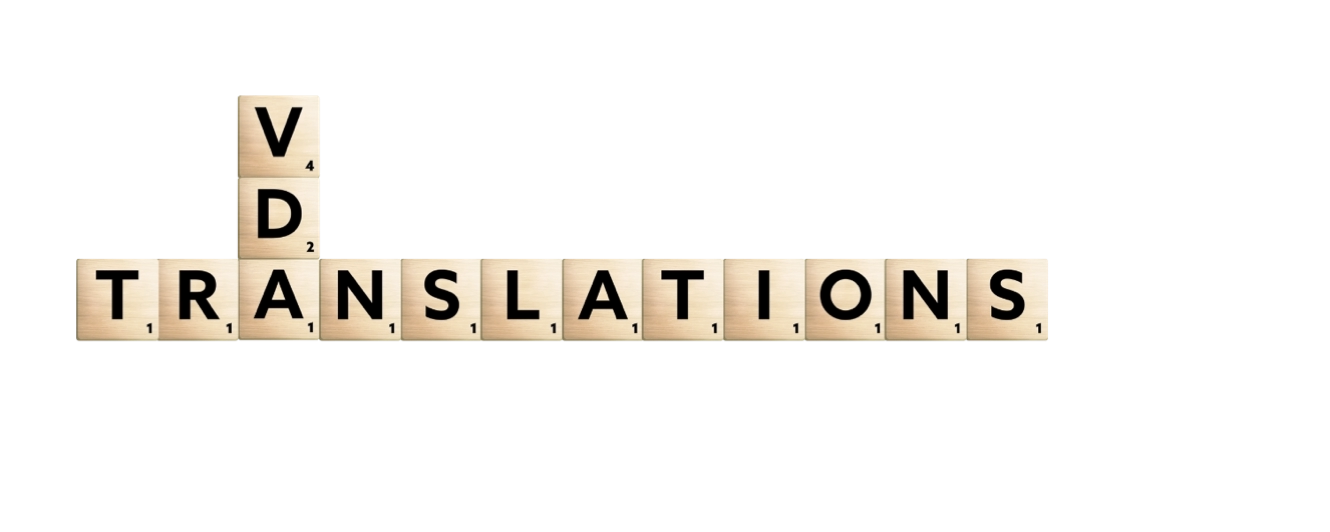Why “Fixing” Bad MT Can Be More Draining Than Translating From Scratch
Ever had one of those days where, despite hitting your word count, you feel utterly exhausted, like your brain has run a marathon through treacle? Or conversely, a day where the words just flowed, and you finished feeling energized and accomplished?
A fellow translator recently shared a compelling observation in the ProZ group that gets right to the heart of this:
Has anyone measured the different effort our brain makes when we correct/’fix’ incorrect sentences as opposed to translating ourselves?Recently, I got the chance to translate a long text completely from scratch, even creating a completely new TM myself (!!), and I was shocked to see how quickly I was able to translate it. I’d say perhaps 50-70% quicker than before the era of MT/AI. I could get 7h work done in 3-4h, and with excellent results. Moreover, at the end of my working day, I was not feeling half as tired as when working with MT the same amount of time. So I was asking myself how much we overburden our brains reading, thinking about, fixing and rewriting incorrect sentences? Does anyone have a clue?
This isn’t just a fleeting thought; it’s a profound insight into the cognitive realities of our profession in the age of AI. And the answer to “Does anyone have a clue?” is a resounding YES – your intuition is spot on!
The Cognitive Load Showdown: Post-Editing vs. Translation from Scratch
What our colleague experienced highlights the crucial difference in cognitive load – the total amount of mental effort being used in our working memory.
1. The Brain Gymnastics of Post-Editing (Especially Poor MT):
When you’re tasked with “fixing” machine translation output, especially if it’s riddled with errors, your brain is juggling multiple complex tasks, often simultaneously:
- Deciphering the Source: Understanding the original text.
- Deciphering the MT: Trying to make sense of the AI’s attempt, which can be ungrammatical, nonsensical, or subtly misleading.
- Spotting the Discrepancies: Comparing the MT to the source to identify errors in meaning (adequacy) and style/grammar (fluency). This is a constant error-detection mode.
- Diagnosing the Problem: Is it a lexical error? A grammatical blunder? A stylistic mismatch? A factual inaccuracy?
- Formulating the Fix: Retrieving the correct terminology and grammatical structures.
- Integrating the Correction: Ensuring the fix flows naturally with the rest of the sentence and the wider text.
- Fighting “MT Anchoring”: This is a big one! The incorrect MT output can act as a cognitive “anchor,” making it surprisingly difficult to think of alternative, better phrasings. You’re constantly battling the machine’s often awkward suggestions.
This stop-start, analytical, and corrective process is inherently more demanding. It’s like trying to renovate a poorly built house while simultaneously trying to live in it.
2. The “Flow State” of Translating from Scratch (with a good, self-built TM):
Contrast this with translating from scratch, especially when supported by a high-quality Translation Memory (TM) that you’ve built yourself:
- Direct Creation: The primary flow is from understanding the source to crafting the target text. It’s a more direct, generative process.
- Trusted Assistance: A self-created TM is a goldmine. You trust its content because you created it. It provides consistent, correct segments, reducing verification time and reinforcing good linguistic patterns rather than introducing errors to fight.
- Creative Freedom: You’re not constrained by pre-existing (and potentially flawed) structures. This can lead to a “flow state,” where work feels smoother, more intuitive, and more creatively satisfying.
- Reduced Decision Fatigue: While still requiring intense concentration, the type of decisions can feel less like “damage control” and more like constructive building.
Our colleague’s experience of being “50-70% quicker” and significantly less tired is a testament to this. By eliminating the cognitive overhead of wrestling with poor MT, they unlocked a more efficient and less draining workflow.
Is This Just a Gut Feeling? Not According to Science!
This isn’t just anecdotal. The field of cognitive translatology (or translation process research) actively investigates these phenomena. Researchers use methods like:
- Keystroke logging: To measure typing effort, pauses (indicating thinking time), and correction rates.
- Eye-tracking: To see where translators focus, how long they fixate on problematic segments, and how often they re-read.
- Think-aloud protocols: Where translators verbalize their thought processes.
- Subjective questionnaires: Assessing perceived effort and fatigue.
While specific results vary, the general consensus supports our colleague’s experience: post-editing low-quality MT often leads to higher cognitive load, more errors introduced by the MT itself, and increased fatigue compared to translating from scratch or post-editing very high-quality MT.
The Takeaway for Translators and the Industry
This translator’s “shock” is an important reminder:
- Not all “AI assistance” is truly helpful. If the input quality from MT is low, the “assistance” can quickly become a hindrance, leading to frustration, burnout, and potentially even slower work than traditional methods.
- The value of a clean, well-curated TM is immense. Especially one you’ve built yourself, reflecting your expertise and preferred terminology.
- Our brains are not just processing units. The creative and problem-solving aspects of translation are deeply human. Forcing them into a purely corrective mode with substandard tools can be counterproductive.
The industry’s push towards MTPE is understandable from an efficiency perspective, but it must be coupled with a focus on MT quality. Otherwise, the “savings” might just be offloaded as increased cognitive burden and reduced well-being for the human translator at the end of the chain.
What are your experiences? Have you noticed a similar difference in effort and fatigue? Share your thoughts in the comments below!


Leave a Reply